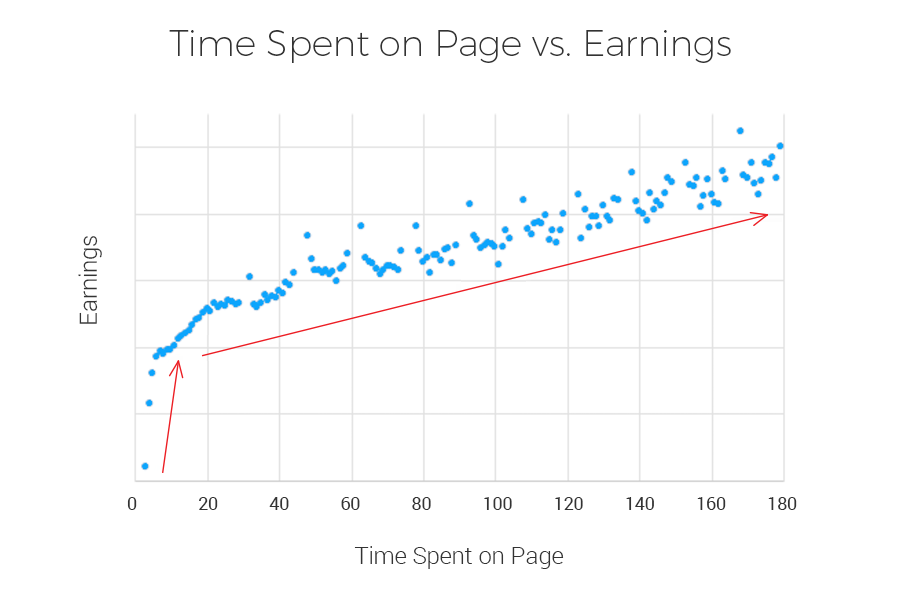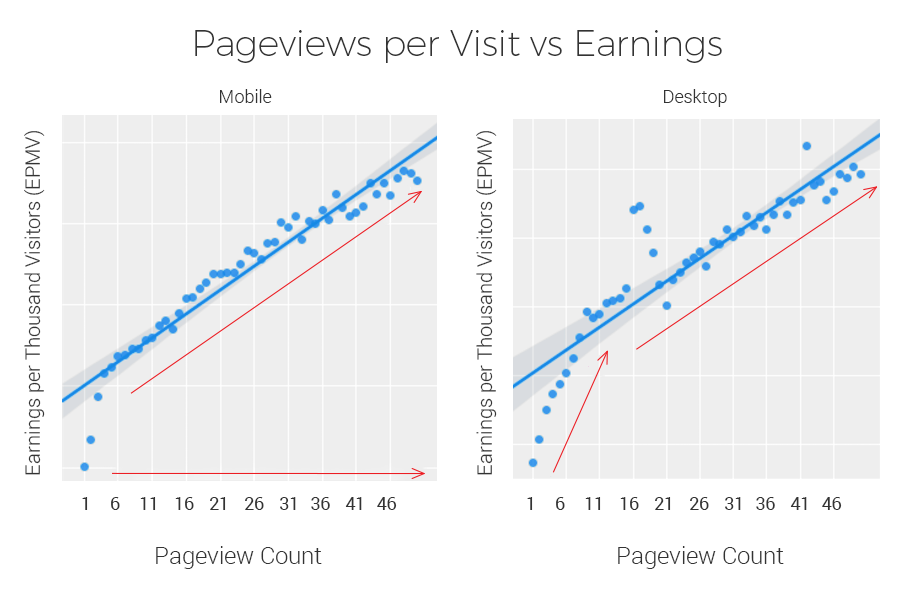If you want an insightful, well-researched perspective on the evolution of news media, Grzegorz Piechota is a good place to start.
A researcher at the University of Oxford and Harvard Business School, Piechota studies how technology forces change on established industries. He is the researcher-in-residence at INMA, served on the boards of major journalistic enterprises, and has spoken as a thought leader at WMEMC and WAN IFRA events the world over.
At the INMA World Congress of News Media in May, our own VP of Marketing, Martin Pietrzak, met with Piechota, who made the case that audience engagement and data-driven editorial can rebuild journalism’s place in society by presenting the reporter’s craft as a service to invest in — rather than a product to sell.
Martin Pietrzak: You called your presentation at the INMA congress “Reader-first Newsrooms: From content factories to service providers.” How do you see the evolution of the news media business?
Grzegorz Piechota: When media switched from advertising-based revenue to consumer-based revenue, that transformation involved changing other parts of the business model as well, not only the revenue source. When you change who pays, you need to adjust your value proposition to the needs of that different payer. And then, of course, you also need to adjust your operating model to be able to deliver that value proposition.
[Publishers] were using one single product to get as many readers as possible so they could aggregate their attention and send it to advertisers — the primary customer. We were chasing reach. Now, we no longer want to sell our products to as many people as possible because we know it is impossible. Content has become a commodity. Instead, we need to sell to the people who are the most profitable. Suddenly, we need to segment our consumers based on, for example, their profitability, and adjust our products to the consumers that you want to reach.
Pietrzak: You said content is a free commodity, which stuck with me because I’m not sure every journalist would agree.
Piechota: Content is a commodity because it is available everywhere. The tools are free. Anyone who wants to spread any kind of message can do it. In capitalism, the market determines the value of content, which on Facebook, Google and other platforms is virtually free.
But the way we deliver news products today makes it possible to think about journalism not as a product, but as a service. Two articles about a certain news event can have the same value from the perspective of company economics, but one was provided by professionals that actually verified its information. So I’m not paying for the piece of information; I can find a free alternative, right? But I cannot find a free alternative from somebody professionally trained in verifying this information. If I actually want to make a better decision based on facts, I want somebody to actually verify the facts.
"The way we deliver news products today makes it possible to think about journalism not as a product, but as a service."
Grzegorz PiechotaResearcher-in-residence at INMA
Pietrzak: You mentioned managing this shift from selling a single product to selling a subscribable service requires deep audience development skills. What do publishers need to think about when developing these relationships?
Piechota: When you make decisions about your content output, you must also data mine which target groups would be interested in this content, because your business model is based on finding the most profitable customers and putting a price tag on your service for them. You have to ask if [your content] is the best fit for the segment that are actually willing to pay for it … Suddenly, the decisions about content become decisions about audiences.
Pietrzak: Is this not simply pandering… producing what people want versus what they need? You’ve raised a few of those questions showing tension between loyalty to citizens versus loyalty to “customers.”
Piechota: It’s about needs. If I want to develop part of an audience, do they need content for themselves, or do they believe in that content? The Guardian is famous for charging its users while making content available for free. How the hell does that work? They look for customers who actually want to sponsor content for other people. Its readers might think climate change is the most important problem in the world, but that most of the public doesn’t see it that way. So they want to help The Guardian develop this content to spread the message. On the other hand, I may subscribe to the Financial Times’ content to understand the market and be smarter than my competitors. These would be very different needs. But what is common is we believe that factual, verified information moves communities to make better choices.
Pietrzak: So we’re not talking about chasing big Google search trends, which we’ve seen newsrooms do a lot of in recent years.
Piechota: When you think about your audiences, the core of the service that you want to provide should be wanting audiences to stay with you. The idea that newsrooms needed to grow and maximize their reach made them focus on people who didn’t actually visit their sites. “Oh, no. On Google, people are looking for information about this singer, so we need to have a story about them.” But we’ve since realized that people who want to pay for news are people who actually already use the product. And if you want to make them pay, you need to make them use the product more. We want to focus on driving the frequency of visits, maybe the depth of visits. We want to maximize the time that they spend on a page.
"We want to focus on driving the frequency of visits, maybe the depth of visits. We want to maximize the time that they spend on a page."
Grzegorz PiechotaResearcher-in-residence at INMA








